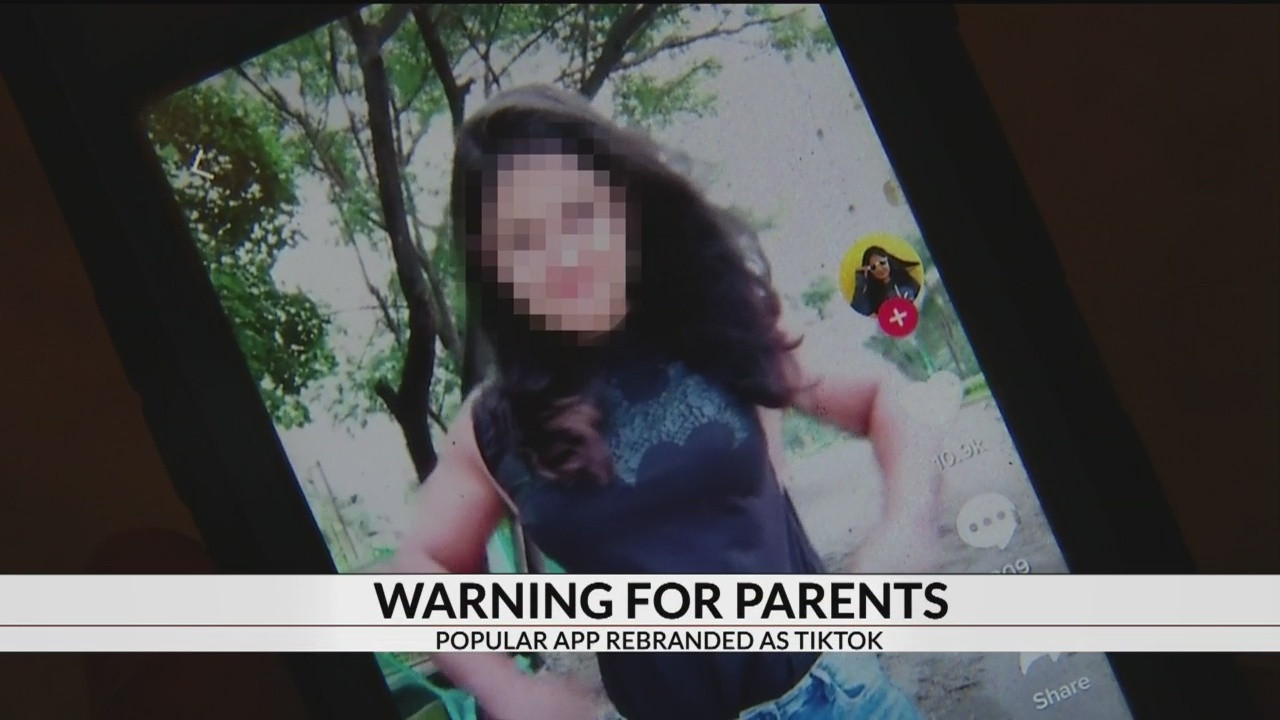Tik Tok and its Toll on Society
Every company tries to become the next trend, but at what cost do we help them achieve that?
By now, scrolling through Instagram or Snapchat will likely lead you to an advertisement promoting the app Tik Tok, the successor of the once popular app Musical.ly. The apps were composed of user-created short videos of anything ranging from teenagers lip-synching to songs to “internet comedians”. The app, with its sleek design and eye-catching aesthetic, has made it a popular attraction to the younger demographics. However, the app promotes an intensely superficial method at gaining traction and popularity, as the most popular users are often the most conventionally attractive and don’t display any real talent.
The toxicity the app affects Generation Y and onwards because it has created a dilemma in self-esteem. The only way people can become popular on these big platforms is only to have the looks of what is deemed “godlike”. Many creators such as Jacob Sartorius, Loren Gray, and Chase Hudson, are all conventionally attractive, but their content lacks any real talent or substance. They present no quality other than their looks to distinguish them from the rest of the app’s users. If one were to open Tik Tok and look at the same short video made by Loren Gray and a first-time user (like Rose, for reference), the similarities would be uncanny. Those like Rose have to suffer the realization that because they don’t possess the same looks as people like Loren Gray, they have to deal with more negative comments that may damage their sense of self-worth.
Additionally, Tik Tok may seem like a creative platform for users to express their creativity and individuality, but in reality, it takes away from that. E-boys, characterized as edgy, goth, yet conventionally attractive teenage boys, and E-girls, basically just mimics of Japanese trends, have been long-standing trends on the platform. These trends force the user to create a whole new persona that would be following the same thing millions of others are doing, just to gain more followers. These trends don’t provide much room for creativity or individuality to come in. To make matters worse, even with all the right clothes and attitude, if users aren’t attractive, their content is most likely worthless. This push and pull makes it a grueling process for users to become the much-proclaimed title of a “Successful Influencer/Tik Toker”.
Danielle Cohn, an infamous influencer at the age of 15, has been known for questionable content on her social media platforms, especially on Tik Tok. Her low-waisted sweatpants and crop tops, along with her over-the-top dance moves, are rather controversial particularly on a platform easily accessible to predators. That being said, this isn’t content that parents of younger kids or kids her age want them to be exposed to either, as she promotes this strongly superficial way of gaining popularity on the internet, in a way that damages the self-esteems of young, impressionable children.
Tik Tok has a responsibility to the public for regulating its content for its viewers. The vast majority of users are below the age of 22, and the content is at high risk of damaging their mental health with trends and ideas that are overly superficial. Tik Tok should be used with caution or not at all, and we should question whether or not platforms like these should be so accessible to adolescents.
Featured Image— WSAP Channel 7 warning it’s viewers about Tik Tok Courtesy of WSAP Channel 7
by Samuela Ma’u

